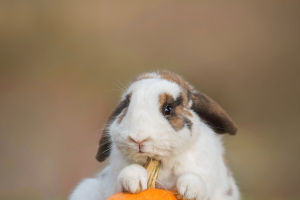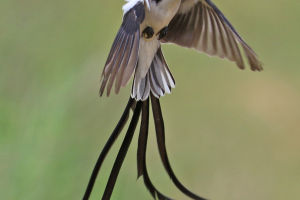Egret
Egrets are wading birds that frequent swamps, lakes, moist forests, and other wetland environments, feeding on small fish, amphibians, reptiles, mammals, and crustaceans in shallow water.
Large, messy nests are built on trees or shrubs, or on the ground.
Egrets inhabit coastal islands, coasts, bays, estuaries and rivers, lakes, ponds, streams, rice paddies, and marshes near their coasts.
Egrets can be seen alone, in pairs, or in small integrated groups.
Egrets are occasionally found in large groups of dozens together.
Egrets tend to fly to streams, rivers, salt flats, and rice paddies near the coast during the day to move and feed.
Egrets conduct their annual spring and fall migrations in April and November.
They mainly feed on a variety of small fish, but also eat animal foods such as shrimp, crabs, tadpoles, and aquatic insects.
Egrets usually stroll along rivers, salt flats, or paddy fields pecking at their food as they go.
Its long beak, long neck, and long legs appear to be very convenient for feeding on animals in the water.
Egrets are not easy to approach and are very wary, flying away from a distance when they see someone coming.
Today, bird researchers classify egrets into the stork-like family Heronidae, which includes different species such as Great Egrets, Medium Egrets, Little Egrets, and Yellow-billed Egrets.
The Great Egret, as the name implies, is the largest of these species.
On the coast of Guangdong, Great Egrets enter their breeding season after spring each year.
At this time, Great Egrets nest in pairs and lay eggs, and the exposed cheeks turn from yellow to blue-green, and the long, strawberry-like feathers grow on their backs, resembling strawberry coats, so they are called "strawberry feathers".
Mid-white egrets are active alone, in pairs or in small groups, and sometimes in mixed groups with other egrets.
They are timid by nature and fly when they see people from a distance.
When flying, the neck is retracted into an "S" shape, the legs are straight back, beyond the tail, and the wings drum slowly, so the flight is unhurried and in a straight line.
It mainly feeds on small fish, shrimp, frogs, locusts, mayflies, and other animals.
The little egret is slim and creamy white.
In summer plumage, the adults have two long, narrow, soft spear-like feathers on their occiput, which look like double braids.
And they have strawberry feathers on their shoulders and chest.
The ancestors of the yellow-billed egret appeared in the Miocene 7 million years ago, and the present population has no subspecies differentiation and is found abroad in Japan, Korea, the Philippines, Malaysia, and Indonesia.
The yellow-billed egret inhabits coastal islands, coasts, bays, estuaries and rivers, lakes, ponds, streams, rice paddies, and marshes near their coasts.
They can be seen alone, in pairs or in small groups, and occasionally in large flocks of dozens together.
Yellow-billed Egrets tend to fly to streams, rivers, salt pans, and rice paddies near the coast during the day to move and feed, and at night they fly to the mountains and forests near the shore to rest.
They often stand with one foot in the water, the other foot curled under the belly, and their heads hunched over their backs, standing still for a long time, walking lightly and steadily, appearing calm and unhurried.
The yellow-billed egret flies with its head contracted back to the back of its shoulders, its neck curved downward into a pouch.
Its two feet straightened backward, and its two broad wings protruding far behind its short tail feathers slowly puffing up and flying, its movements appearing calm and graceful.


